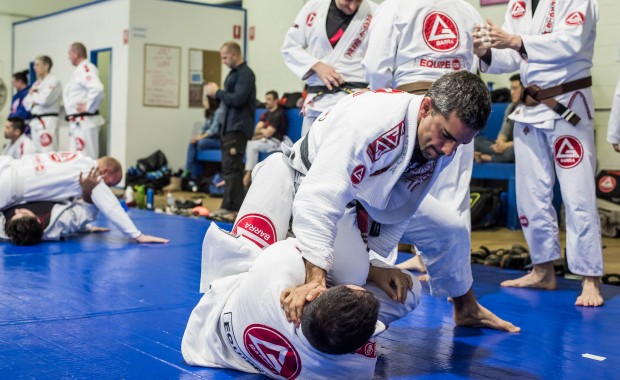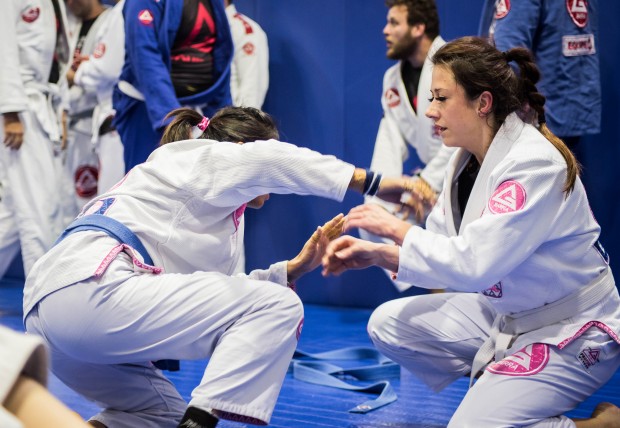How To Work With Your Partner During Technique Portion of Class
Last class while teaching the technique portion of the bjj class (attacks from side control and overcoming a defensive opponent) I was observing two of the more serious students drilling the techniques.
Their approach was markedly different to drilling than the lesser experienced students and I noted: FAR more effective in REALLY LEARNING the techniques being taught. The other students were all concentrating on repeating the moves that I had demonstrated for everyone. “How do I grip the collar? Where should I put my body weight?”.
Trying to get the mechanics of the technique correct.
But the more experienced pair were digging much deeper into the same technique. What were these more experienced students doing differently?

I recall an old training partner I used to be paired with (who is now a very skilled black belt) who used to train this same way. Our kimonos would be drenched with sweat by the end of the technique portion of the class and even before the rolling started. No passive, thoughtless repetition of moves with this guy.
Here is how to get the most out of working on the technique portion of class with your training partner.
* Note, advanced students can use these methods to benefit from training the most basic techniques that they have already seen multiple times
1) Practice with increasing levels of resistance
The first time that you are learning a new technique, you need total cooperation from your training partner. You are merely trying to understand “which grip goes where?” and understand the overall movement.
But once you have some level of understanding of the basic mechanics, it is time to increase your partners level of resistance or muscle stiffness to realistically create the real sparring conditions.
Incrementally increase the resistance your partner is offering 33%,..then 50% and upwards until the same level of resistance as when you are rolling at full pace.
Where does your technique fall apart?
What adjustments do you need to make?
2) What is my opponent’s defensive reaction to you applying the technique?
Experienced opponents will often behave in a finite (and predictable!) number of ways when you attempt a specific technique.
What do you need to be ready for the opponent to do?
How are they going to escape?
Do you need to defend their bridge by keeping your base?
Do you need to change to another technique if the opponent is able to impose their full defence?

3) Counters and Recounter
How do you compensate for their defensive reactions to a submission or sweep? An excellent blackbelt instructor I know is fond of referring to this as “counter and recounter”. When I do move A, my opponent does B (counter). To take advantage of the new situation, I immediately switch to move C (recounter). This is the essence of attacking in combinations and the beginning of starting to attack your opponent in combination!
When I try to hip bump sweep, you counter by posting your hand to base. I recounter with a kimura! When you counter my kimura attempt by hugging my body to hide your arm, I recounter with the hip bump sweep!
When the opponent counters with one move, they open themselves to the recounter.
This adapting to the opponents reactions is jiu-jitsu!
read also: 4 Ways to be a Good Partner in Bjj Class
The next time your instructor shows a basic technique that you have seen numerous times already, look into the move afresh with this approach. You will deepen your learning of the move.![]()
Credits: Mark Mullen
Gracie Barra Black belt based in Taipei, Taiwan
Twitter: @MarkMullenBJJ
